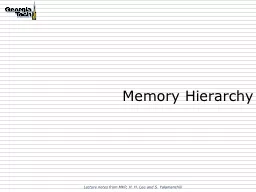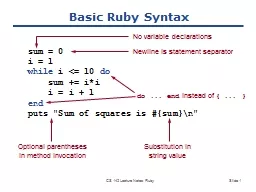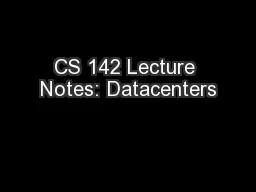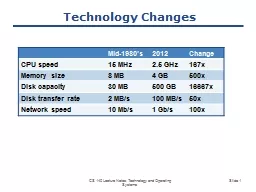PPT-Memory Hierarchy Lecture notes from MKP, H. H. Lee and S. Yalamanchili
Author : luanne-stotts | Published Date : 2019-11-06
Memory Hierarchy Lecture notes from MKP H H Lee and S Yalamanchili Reading Sections 51 52 53 54 58 some elements 59 SRAM Value is stored on a pair of inverting gates
Presentation Embed Code
Download Presentation
Download Presentation The PPT/PDF document "Memory Hierarchy Lecture notes from MKP,..." is the property of its rightful owner. Permission is granted to download and print the materials on this website for personal, non-commercial use only, and to display it on your personal computer provided you do not modify the materials and that you retain all copyright notices contained in the materials. By downloading content from our website, you accept the terms of this agreement.
Memory Hierarchy Lecture notes from MKP, H. H. Lee and S. Yalamanchili: Transcript
Download Rules Of Document
"Memory Hierarchy Lecture notes from MKP, H. H. Lee and S. Yalamanchili"The content belongs to its owner. You may download and print it for personal use, without modification, and keep all copyright notices. By downloading, you agree to these terms.
Related Documents














